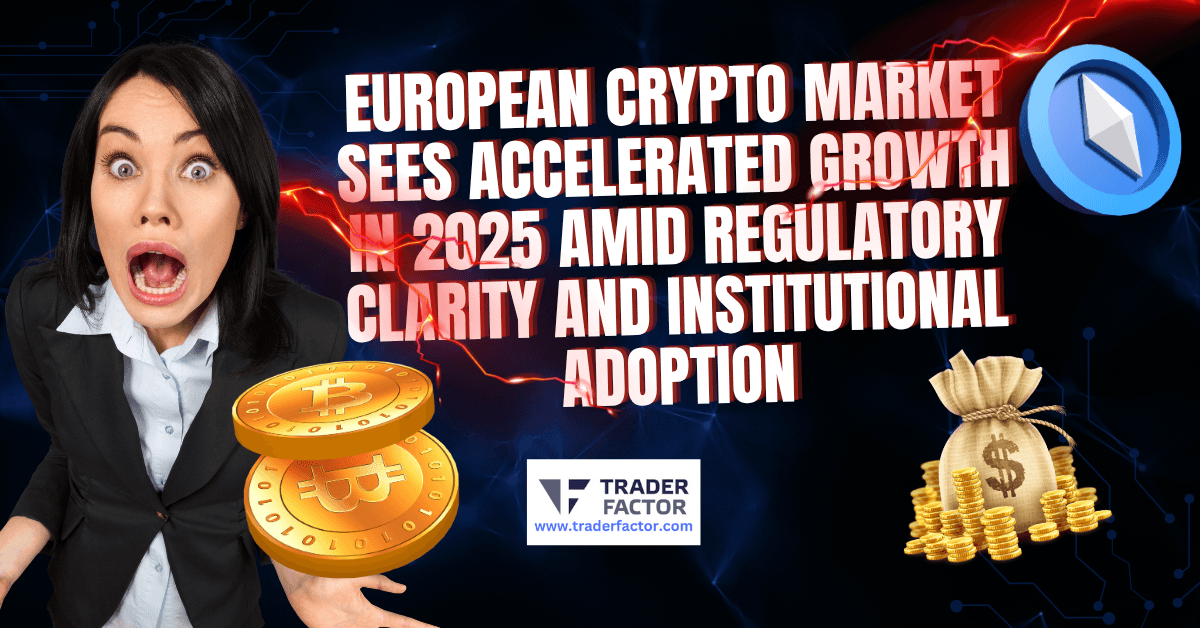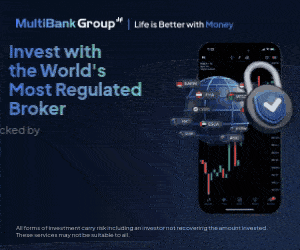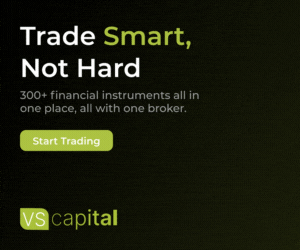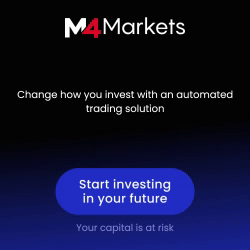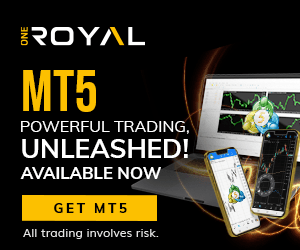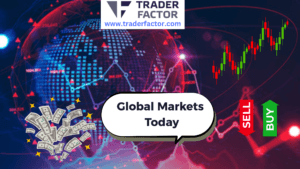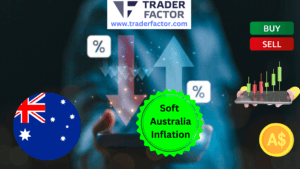Europe’s cryptocurrency sector stands at a pivotal juncture in 2025. While the introduction of the Markets in Crypto-Assets (MiCA) regulation aimed to harmonize the regulatory framework across the European Union, recent developments have highlighted the challenges of uniform enforcement and the complexities of balancing innovation with oversight. European crypto market.
Regulatory Landscape: MiCA’s Implementation and Emerging Disparities
The MiCA regulation, effective from early 2025, allows EU member states to issue licenses enabling crypto companies to operate across all 27 nations. However, the pace and rigor of licensing have varied significantly among countries, leading to a fragmented regulatory environment. For instance, Malta has swiftly approved licenses for major players like Gemini, OKX, and Crypto.com, prompting concerns from other national regulators about the adequacy of oversight and the potential for a “race to the bottom” in standards. Similarly, Luxembourg is expected to grant a license to Coinbase, marking its growing presence in the EU, though this has been perceived as a setback for Ireland, where relations with the crypto industry have cooled.
Source: Reuters Exclusive
As noted by TradingPedia, these disparities have fueled debates among EU policymakers about expanding the powers of the European Securities and Markets Authority (ESMA) to ensure consistent supervision across the bloc. While some advocate for a centralized approach to mitigate risks such as regulatory arbitrage, others express reservations about increasing ESMA’s authority, citing concerns over national sovereignty and the need for tailored regulatory approaches.
Source: Reuters Esma
Despite regulatory uncertainties, Europe’s crypto market continues to attract significant investment. The global cryptocurrency market is currently valued at approximately $3.3 trillion, with Europe maintaining a substantial share. Institutional interest remains robust, with major financial institutions exploring various avenues to integrate digital assets into their portfolios. For example, Deutsche Bank’s asset management division, DWS, has announced plans to launch the first German-regulated euro stablecoin in 2025, aiming to provide a regulated alternative to existing stablecoins like Tether.
However, the regulatory landscape’s complexity has led some firms to reconsider their operations in Europe. The challenges associated with obtaining licenses and navigating varying national regulations have prompted certain companies to explore more crypto-friendly jurisdictions outside the EU.
Sources: Reuters DWS, Reuters Exclusive
What does this mean for the European Crypto Market?
The European crypto sector is facing a mounting talent crisis. According to the Europe Crypto Report 2025 by Coincub, blockchain-related job postings across the EU have plummeted by approximately 90%, falling from over 100,000 listings in 2022 to just around 10,000 by early 2025.
Despite the downturn in employment opportunities, Europe remains academically committed to blockchain. Nearly 600 universities across the continent now offer degree programs or dedicated courses in blockchain, distributed ledger technology (DLT), and digital assets. However, these efforts have yet to translate into meaningful employment within the region. As a result, a growing number of highly trained graduates are seeking careers abroad.
Source: Coincub
Europe’s crypto industry faces mounting pressure from regulatory uncertainty, limited banking access, and a growing talent drain. Although MiCA aims to standardize oversight, fragmented implementation slows progress. To maintain competitiveness, the EU must accelerate licensing, expand funding, and create stronger support systems for blockchain talent. Without decisive action, Europe risks losing ground to more agile jurisdictions leading the next phase of global crypto and digital finance innovation.
Disclaimer:
All information has been prepared by TraderFactor or partners. The information does not contain a record of TraderFactor or partner’s prices or an offer of or solicitation for a transaction in any financial instrument. No representation or warranty is given as to the accuracy or completeness of this information. Any material provided does not have regard to the specific investment objective and financial situation of any person who may read it. Past performance is not a reliable indicator of future performance.

